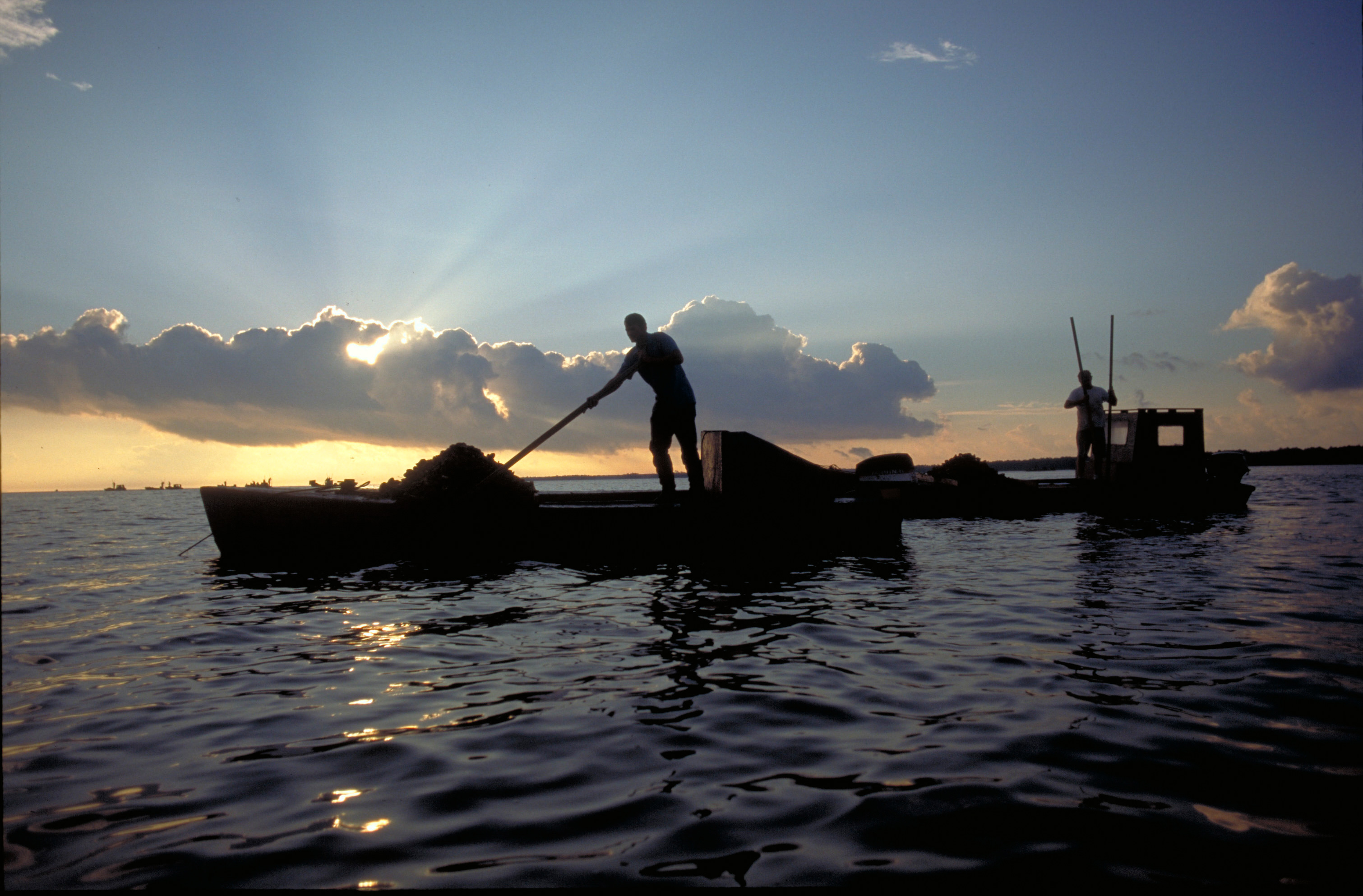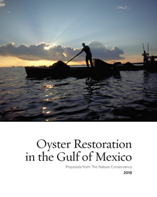A Future for Oysters in the Gulf
We have a unique opportunity to reverse the decline of the Gulf’s oysters.
Oysters were once a foundation of the Gulf of Mexico ecosystem. Oyster reefs extended for miles across the Gulf’s bays and estuaries. They filtered bay waters, provided habitat for fish, crabs and shrimp, and served as natural breakwaters to reduce coastal erosion. And, of course, they provided a seemingly inexhaustible supply of oysters for the table.
But now, across much of the Gulf, wild oysters are in steep decline. Eighty-five percent of the original oyster reefs are gone, and even legendary oyster grounds like those in Apalachicola Bay, Florida, are severely depleted. This decline affects both local economies (no oysters to harvest) and the long-term health and productivity of the Gulf waters.
Our new report on Gulf oysters offers a look back on the oyster industry across the Gulf of Mexico, and how we can ensure a healthy future for oysters, and Gulf communities.
Funding from the Deepwater Horizon Oil Spill settlement offers a unique opportunity to reverse the decline of the Gulf’s oysters. Because oysters were severely damaged by the spill, a large amount of money has been set aside for their restoration. The Nature Conservancy believes that these funds should be used to re-establish sustainable stocks of oysters across the Gulf region for their market and ecological values. This can and should be done in cooperation with all of those stakeholders interested in the future of oysters and the future of the Gulf.
We hope that the Conservancy’s recommendations for oyster restoration in the Gulf, which have now been released, can stimulate public discussion and encourage a long-term commitment from government and the private sector to take decisive, multi-faceted, science-based action to restore the Gulf’s oysters and the oyster reefs so critical to the quality and character of life of the people who depend on a healthy Gulf of Mexico.
Report
For further information, contact:
Bob Bendick, Director, The Nature Conservancy’s Gulf of Mexico Program, rbendick@tnc.org
Seth Blitch, Director of Coastal and Marine Conservation in Louisiana, The Nature Conservancy, sblitch@tnc.org

